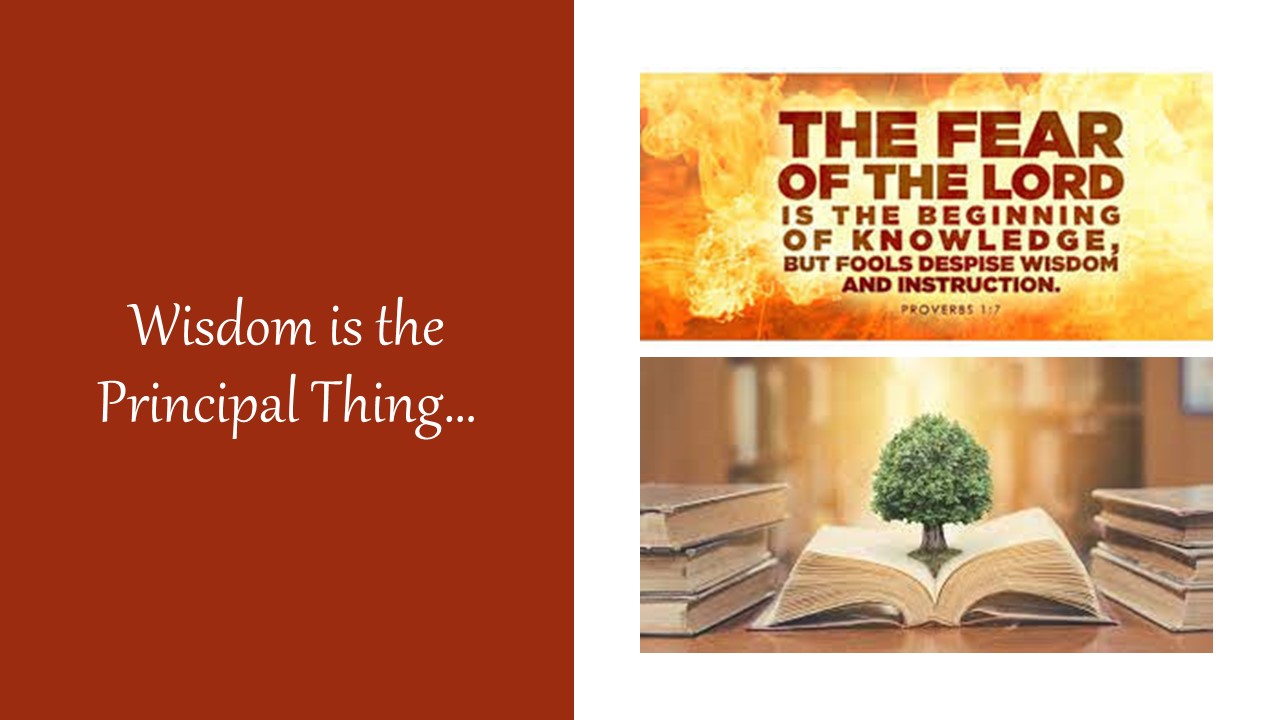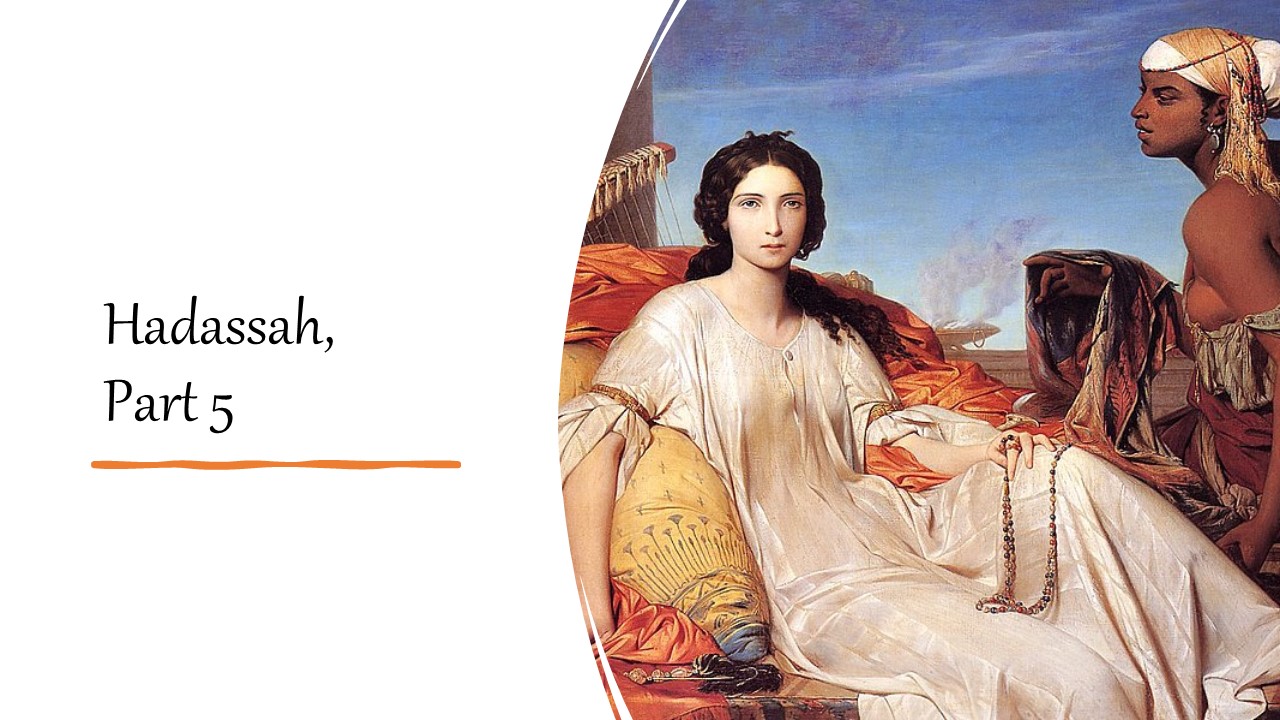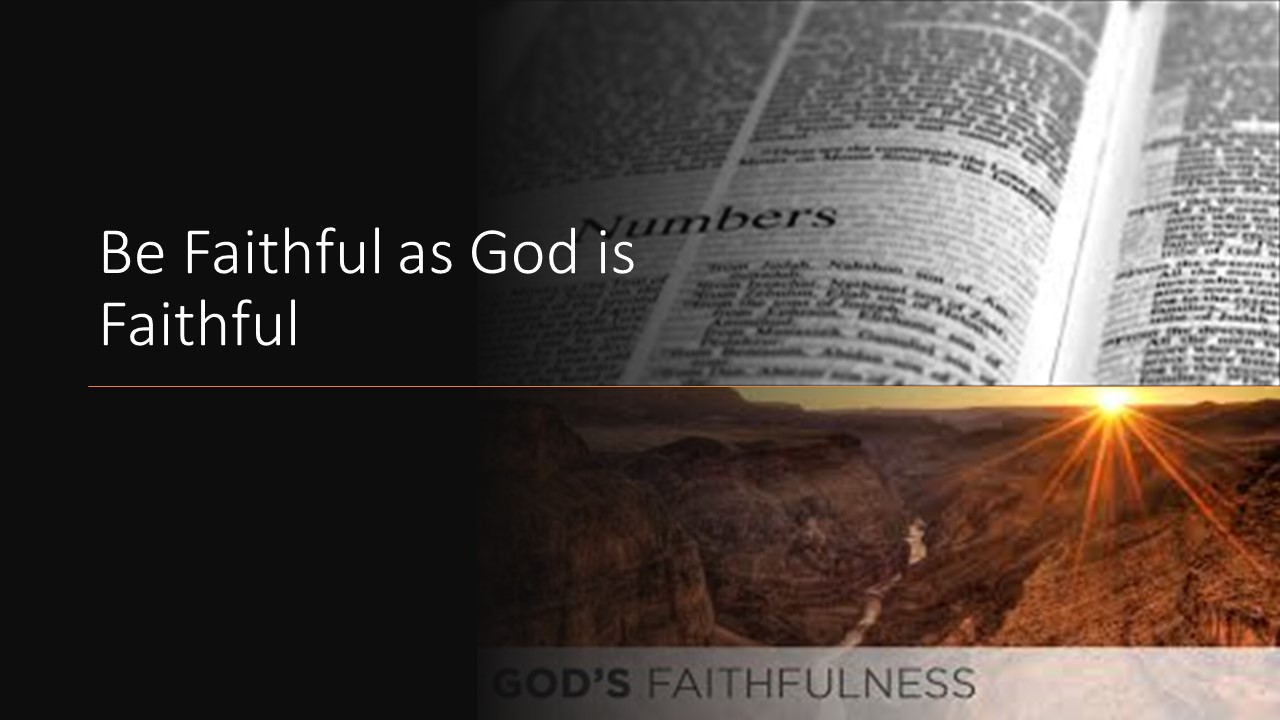Joel is full of lots of vivid imagery: locusts, plagues, famine, raging fires, invading armies, celestial phenomena. This is shared in the context of a call to repentance and foretelling a great and terrible Day of the Lord. Readers might have lots of questions. In Today’s Top Ten List, we pose ten questions from the book and answer them, from what it means to restore years eaten by locusts to the meaning of phrases like “valley of decision” and terms like “bloodguilt.”
Scriptures referenced include Joel 1:4; Joel 2:13; Joel 2:24-26; Joel 2:28; Acts 1:4-5; Acts 2:16; Joel 2:31; Deuteronomy 4:19; Joel 3:15; Joel 3:10; Joel 3:14; and Joel 3:21.

Wisdom is what makes winners in life in every arena. This is why the writer of the book of Proverbs, Solomon, regarded as the...

In Part 5 of the story of Hadassah, after the deposition of Queen Vashti, King Ahasuerus of Persia seeks a new queen. His officials...

The children of Israel had seen God in action. If any people ought to have been faithful, they should have been. However, they just...